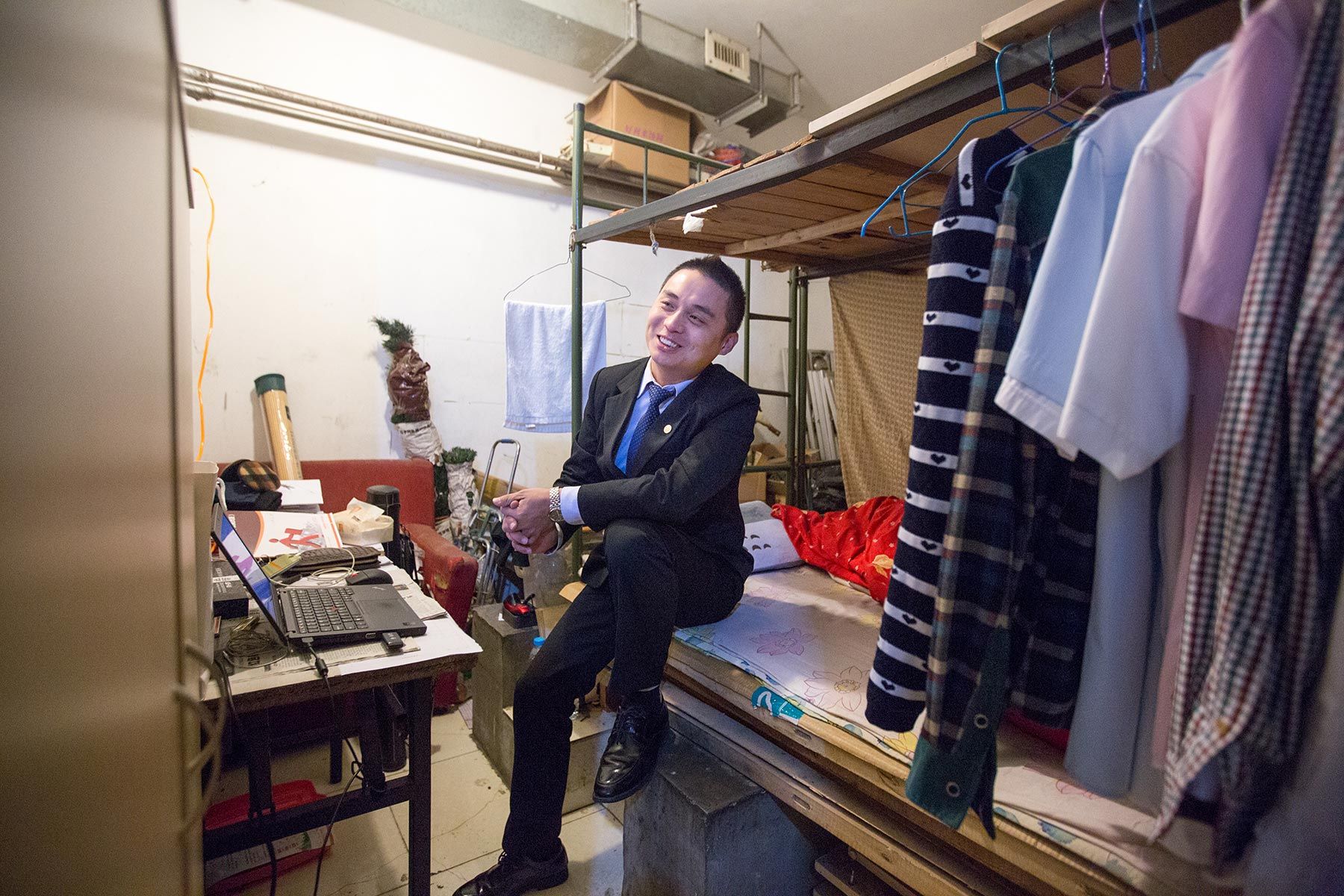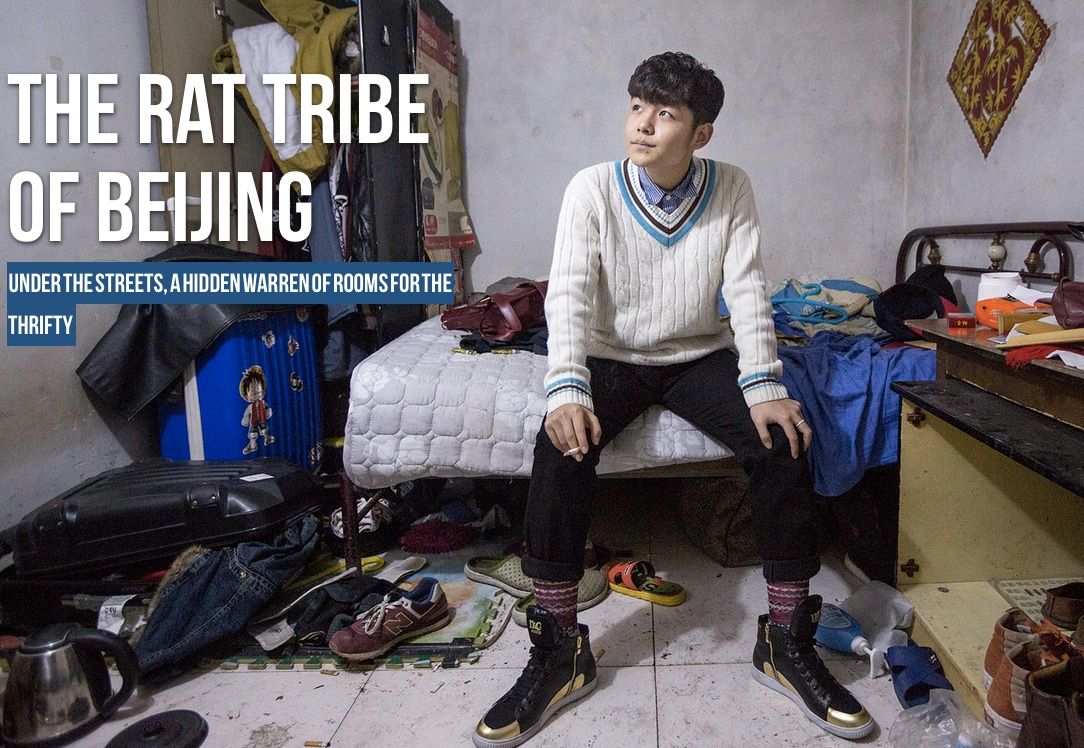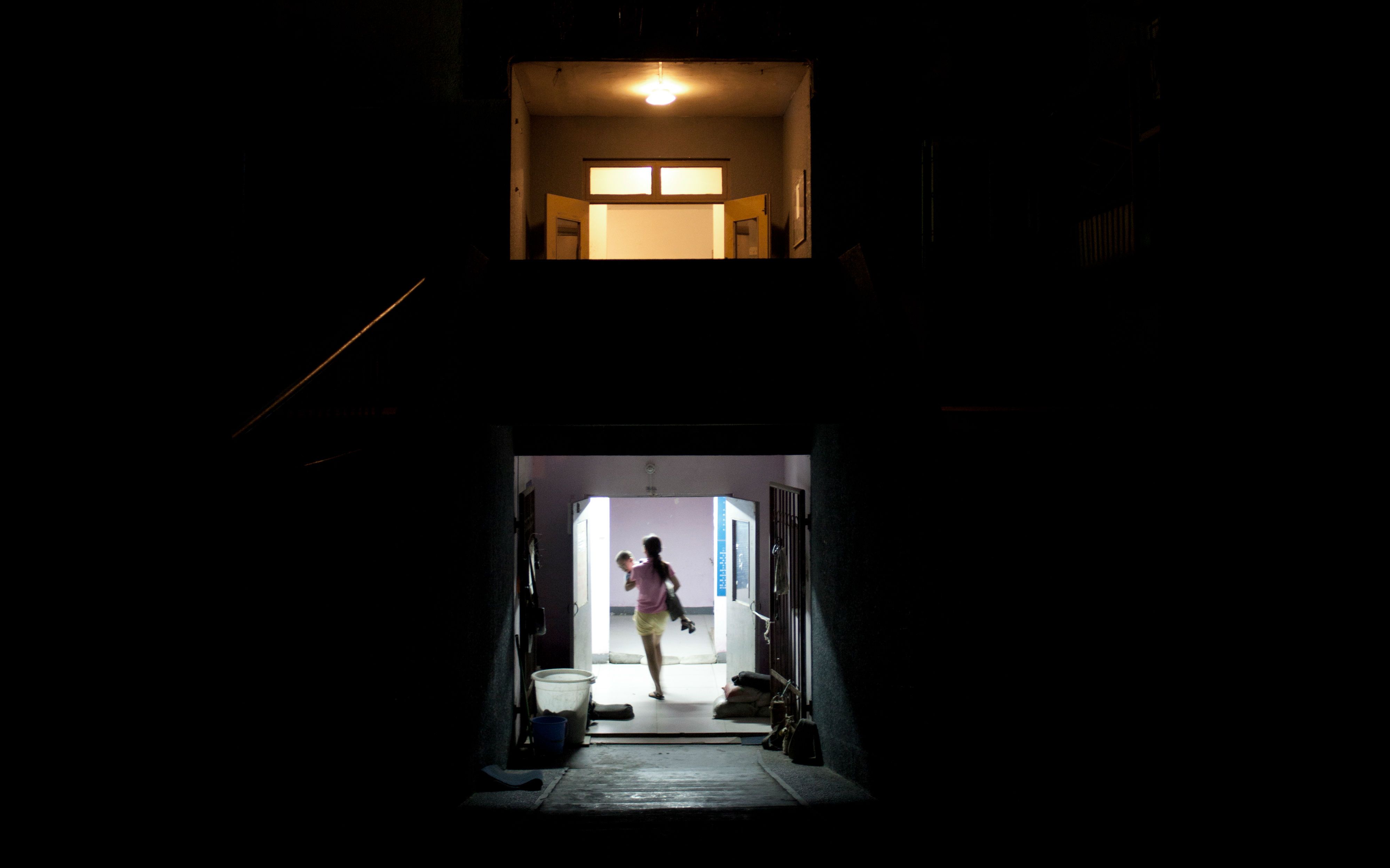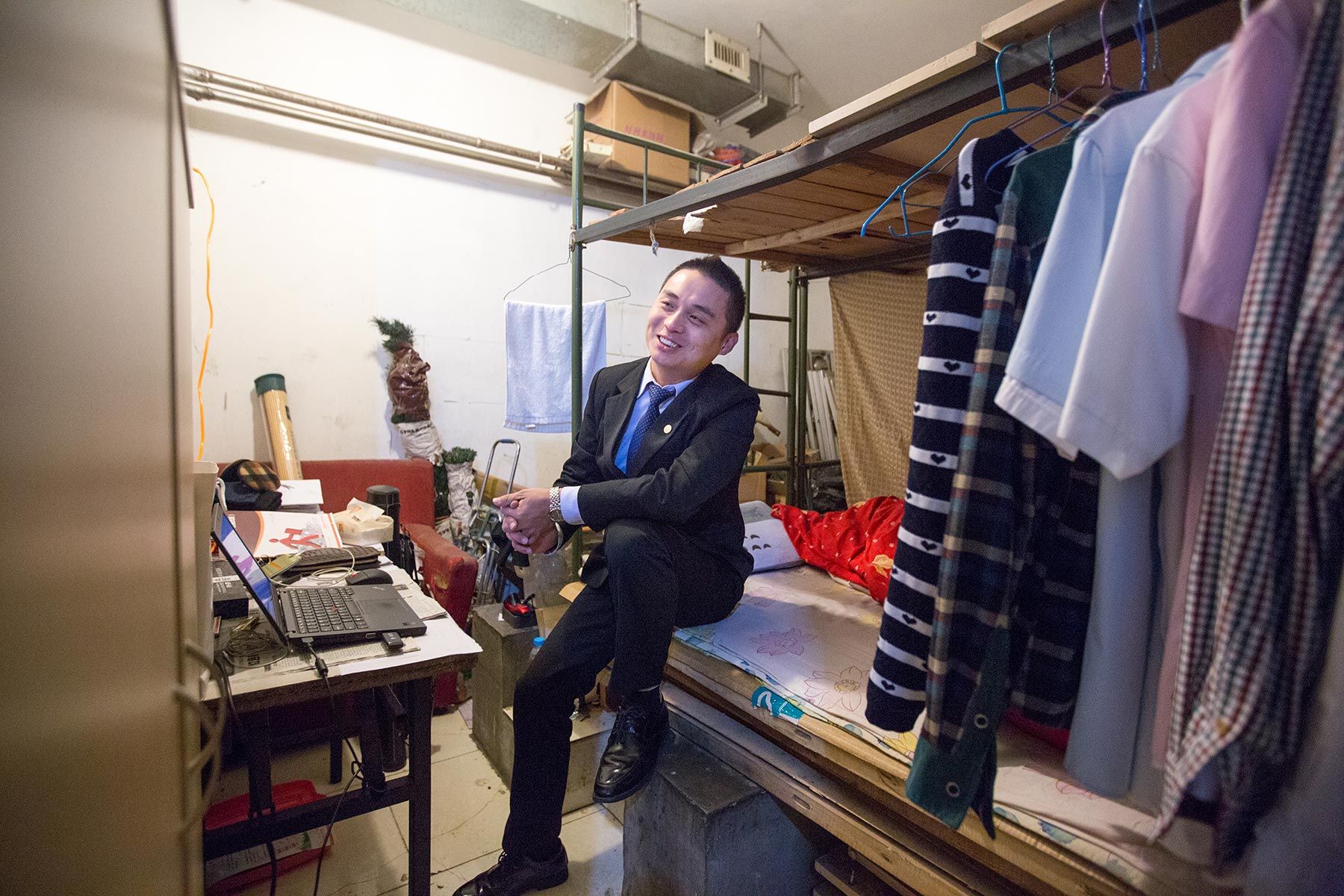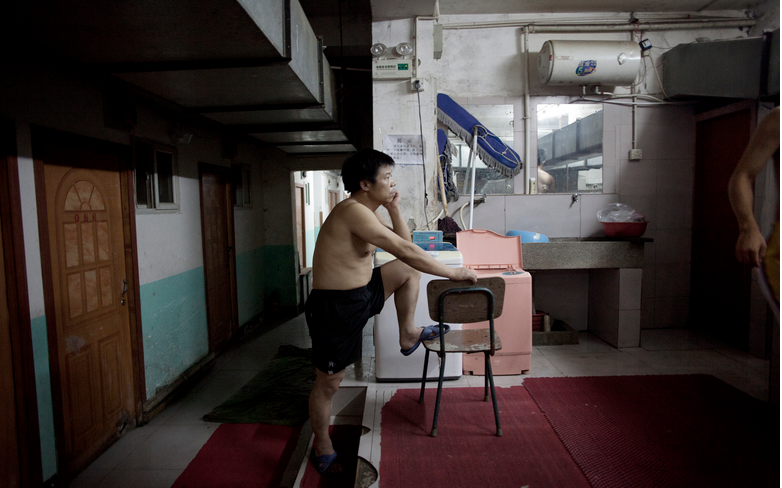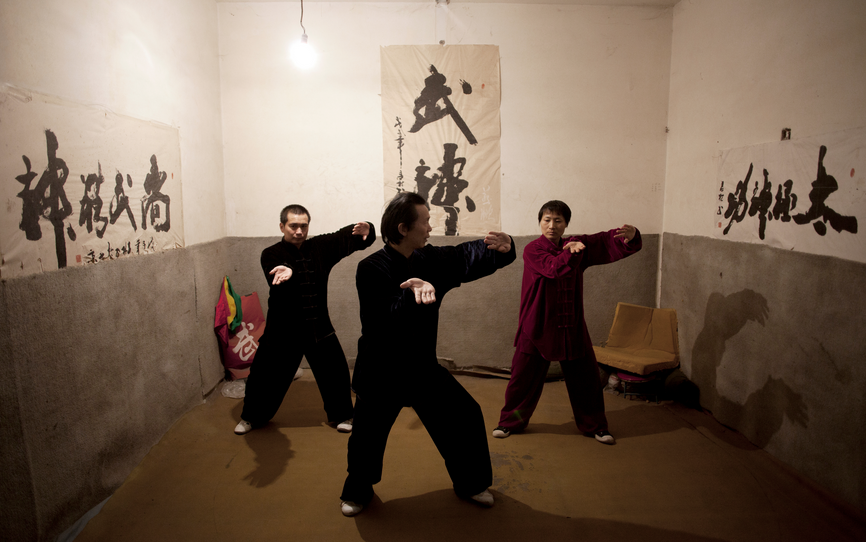Objective:
Students will be able to identify the push and pull factors of Chinese migrant workers, analyze their living conditions in Beijing, including underground residencies which were formally bomb shelters, and debate whether or not city officials should close the controversial underground housing.
Warm-up:
Watch the video "Sim Chi Yin – The Rat Tribe: Meet the Million Migrant Workers." Take notes on the answers to the following questions. Pair-share the answers.
- Who is Zhang Xi? Where is he from?
- What “pushed” him out of his rural home?
- What “pulled” him to Beijing?
- Why do you think Zhang Xi refused help from his father?
- What motivates him to continue living as part of the Rat Tribe?
Introducing the Lesson:
To become familiar with the effects of urbanization and industrialization in China, explore the work of two Pulitzer Center reporters: Sim Chi Yin, photographer, and Ian Johnson, Pulitzer Prize-winning reporter.
Read the Al-Jazeera article and answer the questions that follow.
- What was the estimated population of Beijing in 2013? What percentage was made up of migrant workers? (Hint: You may have to do a little math!).
- Describe the living conditions of members of the migrant “rat tribe” – sanitation, water, kitchen facilities.
- Which events in Chinese history led to the creation of these underground residencies?
- What are the advantages of living in these underground residencies? The disadvantages?
- What is an urban hukou? Why is it so important for a migrant to obtain one?
- How has the hukou system contributed to the use of underground residencies?
- How have Beijing government authorities responded to these underground residencies which house 5% of the city’s residents? Favorably? Unfavorably? Explain.
- Pick two members of the Rat Tribe and read their stories. What do you find most poignant about their stories? What surprised you most about their stories?
Get in groups to discuss your answers. Then, debate whether the city government should close down these underground residencies. Your group should reach consensus on the issue.
After the groups debate, each group will report on their conclusions.
Extension:
1. Read this Economist article: "Moving on up: The government unveils a new 'people-centered' plan for urbanization and The Great Transition"
2. In several well-developed paragraphs, critique the Chinese government’s plans for future urbanization including whether the plans address the housing crisis, the hukou system and other issues of migration.
CCSS.ELA-LITERACY.RH.11-12.7
Integrate and evaluate multiple sources of information presented in diverse formats and media (e.g., visually, quantitatively, as well as in words) in order to address a question or solve a problem.



